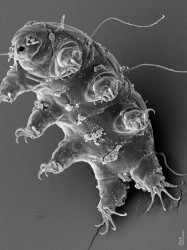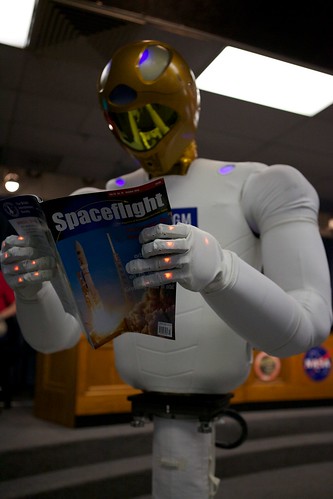One scientist is quoted as saying "Clearly whoever did this knows what they were doing and how to handle bees."
 |
| Have you seen me? |
So beekeepers of the world, beware. There are bee-nappers out there who are skilled, prepared, and apparently stealthy. I can only imagine what sort of rig you'd need to steal four hives' worth of bees, much less what kind of motivation.
Dr. Chris Connolly, the lead researcher of the project, speculated that the bees might have been pilfered for breeding purposes, or to be sold to specialty beekeepers. They're estimated to be worth about $3.3 million dollars.
I'm kind of hoping this turns into a hostage situation. A ransom note will appear at the lab, written in honey. Connolly will talk to the bee-nappers over the phone, and he'll demand to talk to one of the queen bees to confirm that she's okay. The bees will quietly plan an escape, and that one charismatic super-bee will organize the others, engaging in hand-to-hand combat with the lead bee-thief, risking her life as her sister-bees flee to safety. She'll be wounded and weakened, but she'll live!
Paramount pictures must surely already be working on the script, and I for one can't wait to see that movie.











